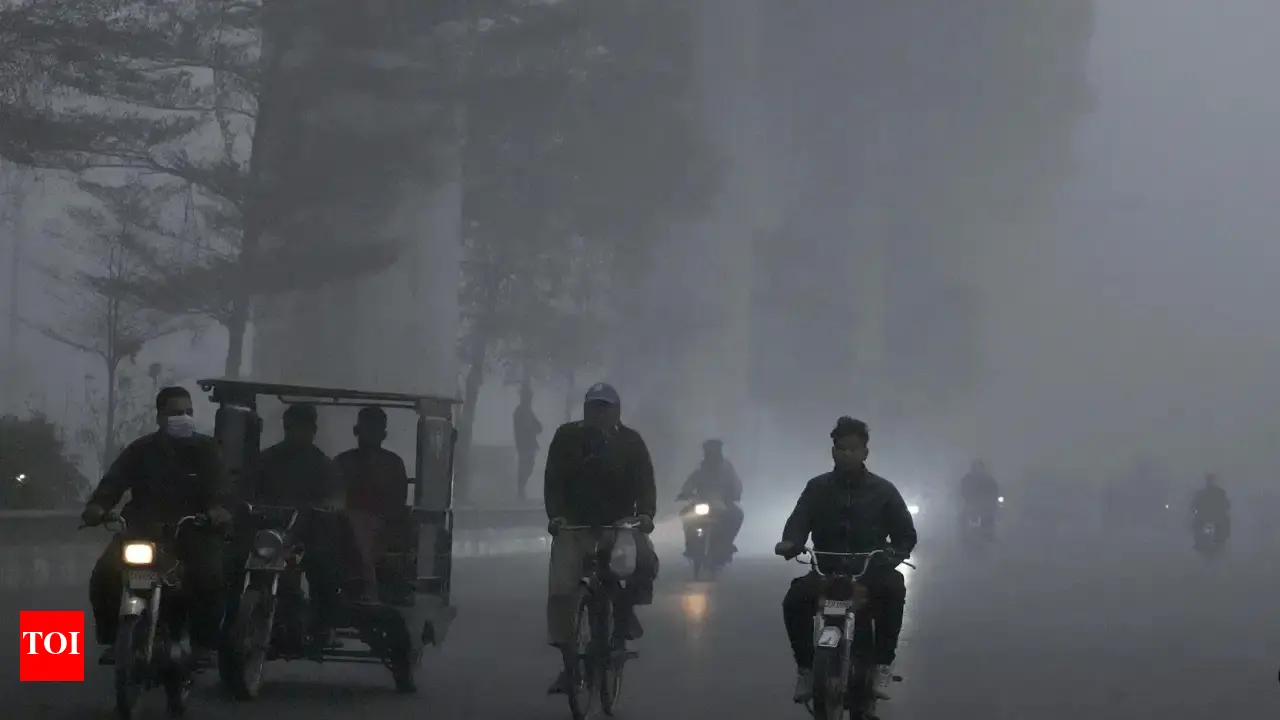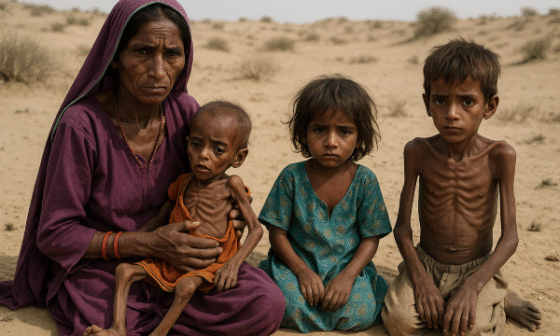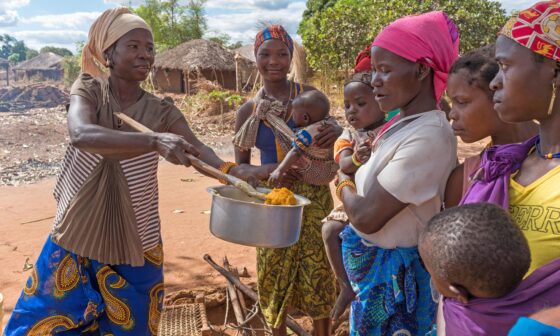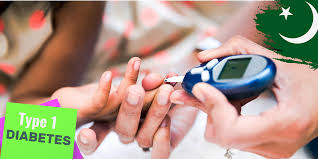In recent years, Lahore and other major cities in Pakistan have consistently ranked among the world’s most polluted urban centers, grappling with air quality indices that pose grave health threats to millions. The annual winter smog season in Lahore has become a grim hallmark of environmental decline, driven by vehicular emissions, industrial pollutants, crop burning, and unregulated construction. On several days each year, the Air Quality Index (AQI) in Lahore surpasses 400—well above the “hazardous” threshold. The health implications of this crisis are staggering. Respiratory ailments, cardiovascular issues, premature births, and even early mortality have surged, particularly affecting vulnerable groups like children, the elderly, and those with pre-existing conditions. As urbanization accelerates without parallel environmental regulation, the smog crisis highlights the urgency of systematic reform in urban planning and public health policy.

Lahore’s Air Quality Hits Hazardous Levels: A Health Crisis Looms – Republic Policy
Consider the story of Zahra Malik, a 12-year-old student from Lahore who was hospitalized with severe asthma complications in December 2023. Her mother recalls how Zahra, once active and cheerful, became increasingly fatigued during the smoggy months. Despite using prescribed inhalers and staying indoors, Zahra’s condition worsened during Lahore’s annual pollution peaks. Her school was closed intermittently due to hazardous air quality, and her academic performance suffered. The family sought refuge in Murree during the height of the smog, but not every family can afford such measures. Zahra’s experience mirrors that of thousands of urban children whose physical health and mental well-being are compromised by an invisible yet pervasive menace. For many families like hers, air pollution is not just an environmental issue but a daily public health emergency.

How to Improve Air Quality in Lahore
The medical consequences of prolonged exposure to air pollution are well documented. According to the Pakistan Medical Association and global health bodies, long-term exposure to particulate matter (PM2.5) contributes to an increase in bronchitis, chronic obstructive pulmonary disease (COPD), lung cancer, strokes, and heart attacks. Children are particularly vulnerable due to their developing respiratory systems. Pregnant women exposed to high pollution levels face higher risks of preterm birth and low birth weight. Hospitals in Lahore report a seasonal influx of patients with asthma and other respiratory complications during the winter smog months. Furthermore, air pollution has been linked to neurocognitive disorders and mental health issues, such as anxiety and depression, particularly among youth. These public health impacts, though severe, remain underreported due to weak environmental surveillance and lack of access to healthcare in low-income neighborhoods.
Several factors contribute to the worsening air quality in Lahore and Pakistan’s other major cities. Unregulated industrial activity in areas such as Kot Lakhpat and Sheikhupura releases substantial amounts of sulfur dioxide and nitrogen oxide. Diesel-powered vehicles, lacking emission control technologies, emit toxic pollutants at alarming levels. Brick kilns, which still use outdated combustion methods, are another major source of airborne toxins. Agricultural practices, particularly stubble burning in Punjab and Haryana (India), exacerbate smog in the border areas, turning the crisis into a transboundary problem. Urban sprawl and the lack of green spaces further contribute to pollution buildup, as do construction sites that release dust particles unchecked. The absence of regulatory enforcement, monitoring systems, and public awareness campaigns has allowed these problems to persist and worsen year after year.

Smog In Lahore Threatens the City’s Residents
Efforts to mitigate air pollution in Lahore have shown promise but remain fragmented and insufficiently scaled. In 2021, the Punjab government introduced the Smog Action Plan, which included measures such as closing polluting factories, banning crop burning, and promoting electric vehicles. The Lahore High Court has intervened several times to compel the government to declare smog an environmental emergency. Civil society organizations, such as the Pakistan Air Quality Initiative (PAQI), have played a crucial role in monitoring and disseminating real-time AQI data. Technological innovations like low-cost air sensors and mobile apps have empowered citizens to make informed decisions. However, without cohesive policy integration and long-term investment, these initiatives function as short-term reliefs rather than systemic solutions. Most importantly, mitigation strategies must address the root causes through comprehensive urban planning, industrial regulation, and cleaner transportation infrastructure.
To tackle this public health crisis effectively, a multifaceted and coordinated approach is essential. First, the government must invest in renewable energy sources to reduce reliance on fossil fuels. Public transportation systems should be upgraded and incentivized to reduce private vehicle usage. Urban green belts and vertical gardens can act as natural air filters and improve air quality. Regulatory bodies need greater autonomy and funding to enforce environmental laws and penalize violators. Cross-border collaboration with India to curb agricultural burning during the winter months can significantly reduce smog formation. Educational campaigns targeting schools and communities can raise awareness about preventive measures and personal protection. Furthermore, health systems must be strengthened to cope with pollution-related diseases through early diagnosis, specialized care, and improved access to medication. By integrating environmental sustainability with healthcare policy, Pakistan can mitigate the long-term consequences of air pollution and safeguard its urban future.
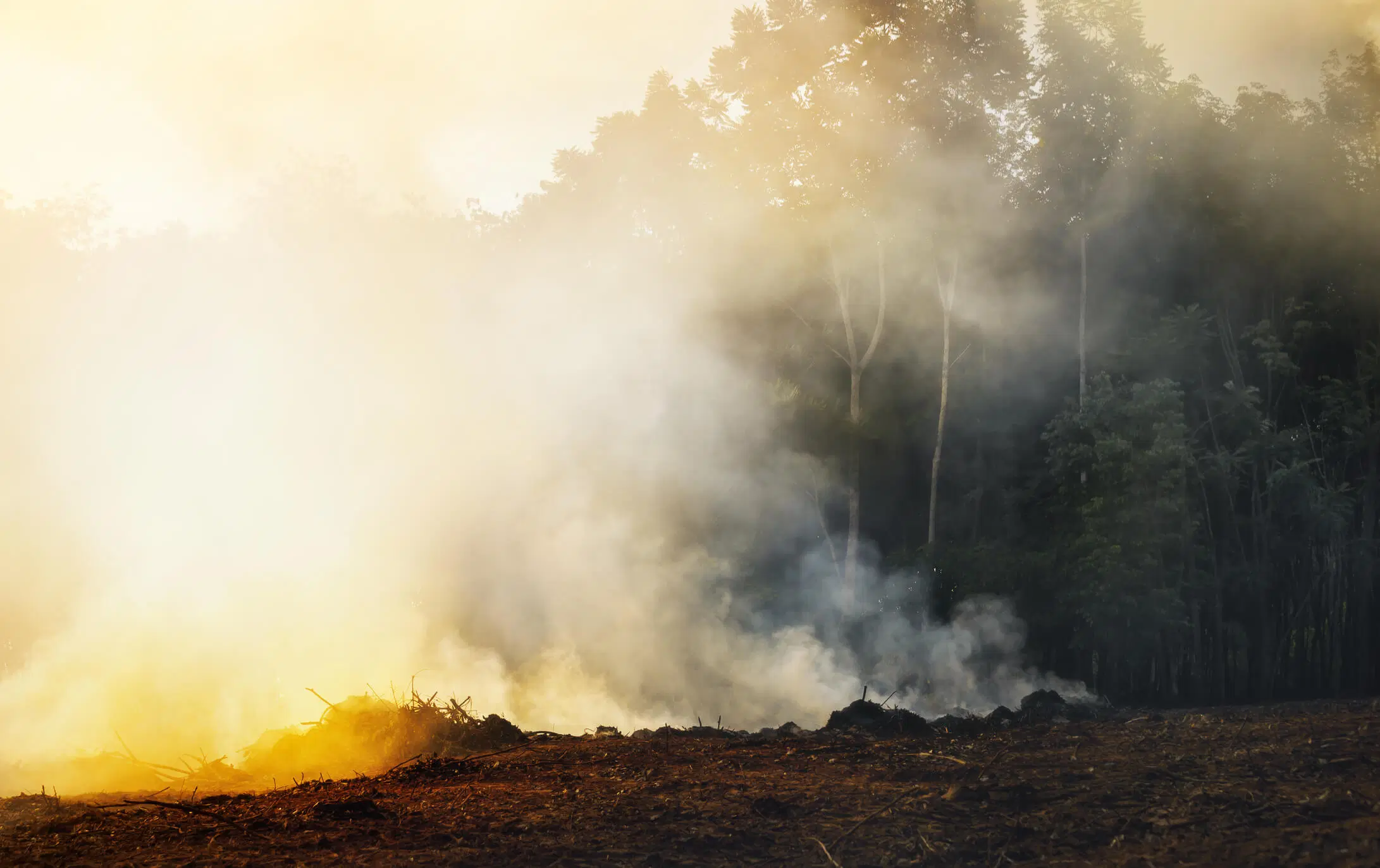
Air Pollution in Pakistan: A Silent Crisis Unfolding
The air pollution crisis in Lahore is more than a seasonal inconvenience—it is a structural health disaster that demands urgent, strategic, and sustained intervention. Zahra Malik’s story is a powerful reminder of the human toll this crisis exacts, particularly on the most vulnerable. Without comprehensive action, the annual smog season will continue to choke the aspirations of Pakistan’s urban population. But with political will, public participation, and technological innovation, the country can chart a cleaner, healthier path forward. The crisis presents not only a challenge but an opportunity—to build resilient cities, empower communities, and redefine public health in the age of climate change.
References:
United Nations Environment Programme. (2022). Urban Pollution Management in Developing Countries.
Pakistan Medical Association. (2023). Air Pollution and Public Health.
Lahore High Court Environmental Rulings. (2022–2024).
Punjab Smog Action Plan. Government of Punjab, Environment Protection Department. (2021).
Pakistan Air Quality Initiative (PAQI). (2023). Real-Time Air Quality Data.
World Health Organization. (2022). Health Impacts of Urban Air Pollution.
Express Tribune. (2023). “Smog Season in Lahore: What’s Being Done?”
Journal of Environmental Research. (2023). “Particulate Matter Exposure and Health Outcomes in South Asia.”
